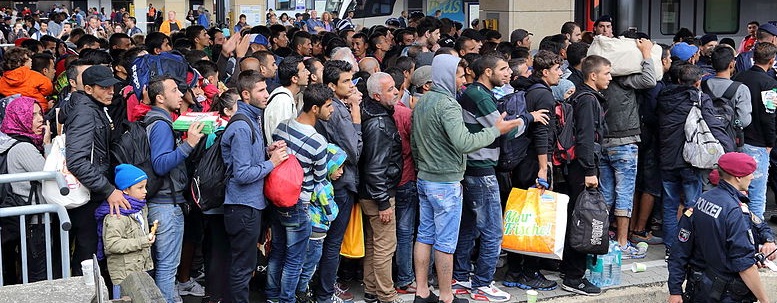A new German city, populated by welfare recipients each year
Chancellor Merkel's German coalition partners, part of the so-called "GroKo" or Grand Coalition of the CDU, CSU and SPD, have agreed to let in "just" 220 000 migrants per year. But 220 000 immigrants constitute the size of an average German city per year.
Published: January 17, 2018, 4:10 pm
A critical op-ed in Achse des Guten has argued that while mainstream politicians claim that the refugee crisis was over, the government had regained control, and that a situation like 2015 would not be repeated, the SPD and Union [CDU + CSU] have promised a new German city populated with migrants every year.
The “obstacle” of immigration has now been cleared out-of-the-way for exploratory negotiations between Merkel and PD’s Martin Schulz. And the “reassuring” message, that from now on no more than 220 000 migrants per year may enter Germany, will still mean a massive increase in wellfare recipients.
How did the coalition partners arrive at this number? Why 220 000 people, one might ask, why exactly this number? “We agree that our society’s capability to integrate should not be overstrained’, declared the future coalition partners setting the maximum limit for the roughly 83 million people living in the country.
Regensburg has around 150 000 inhabitants. Erfurt a bit more than 200 000. Freiburg has got about 230 000 inhabitants. So, in order to keep up the current status quo regarding inner safety, administration, public transport, housing, education, health care, roads, etc., and to be able to easily integrate 220 000 migrants per year and not only integrate them, but also house them, school them, feed them, and care for them in case of illness, Germans will have to do the following:
Each year, they will have to build a new city, of the size of Freiburg, supply it with housing, hospitals, schools, public transport, police offices, kindergartens, recreational parks, sports areas, social welfare offices and the corresponding staff.
But what if the future government has not thoroughly thought this through, and made the number up from thin air?
Some naysayers and “xenophobes” have expressed their doubts at this point. If a city of the size of Freiburg is inhabited by welfare recipients each year, then presumably Merkel, Schulz and Horst Seehofer from the CSU did the maths.
How else would they say that the limit of what is possible was exactly 220 000 new arrivals per year, without any sort of overstraining resulting from it?
On top of that, the European Parliament wants to change the Dublin rule soon for migrant family reunification to be prioritized.
It emerged last year that Merkel’s staff outlined that the country needed 300 000 people a year for the next 40 years to stop population decline. A leaked report from Merkel’s government said Germany would need to take in 12 million migrants over the next four decades to keep Germany’s population size stable. The staggering figures were revealed by the Rheinische Post in February last year.
Merkel even received the Eugen Bolz Award in recognition of her migrant policy at the time. But she has been condemned not only in her own country but in Italy, Greece and Malta.
Across the country, voters have deserted the SPD for the sober Alternative for Germany (AfD) or the Left party, formed from the remains of the former East German Communist party.
All rights reserved. You have permission to quote freely from the articles provided that the source (www.freewestmedia.com) is given. Photos may not be used without our consent.
Consider donating to support our work
Help us to produce more articles like this. FreeWestMedia is depending on donations from our readers to keep going. With your help, we expose the mainstream fake news agenda.
Keep your language polite. Readers from many different countries visit and contribute to Free West Media and we must therefore obey the rules in, for example, Germany. Illegal content will be deleted.
If you have been approved to post comments without preview from FWM, you are responsible for violations of any law. This means that FWM may be forced to cooperate with authorities in a possible crime investigation.
If your comments are subject to preview by FWM, please be patient. We continually review comments but depending on the time of day it can take up to several hours before your comment is reviewed.
We reserve the right to delete comments that are offensive, contain slander or foul language, or are irrelevant to the discussion.

Swedish military wants to remilitarize the Åland Islands
The demilitarized autonomy has previously been known as 'the islands of peace.

NOAA Predicts Zero Sunspots for Almost the Whole 2030s
CLIMATEThe United States' government scientific organization, the National Oceanic and Atmospheric Administration (NOAA), predicts zero sunspots from 2031 to 2040. This is an extreme situation that has not occurred in as long as humanity has been counting sunspots, and it leads us into uncharted territory in terms of our solar system. However, this prediction aligns with the warnings of the world-renowned solar researcher Valentina Zharkova for many years, who indicated in 2019 various signs of this catastrophic phenomenon, including the extreme hailstorms we have seen in Europe and the world this summer. The forecast and various observations this year give cause for very significant concern. In this unique analysis, Free West Media explains why.
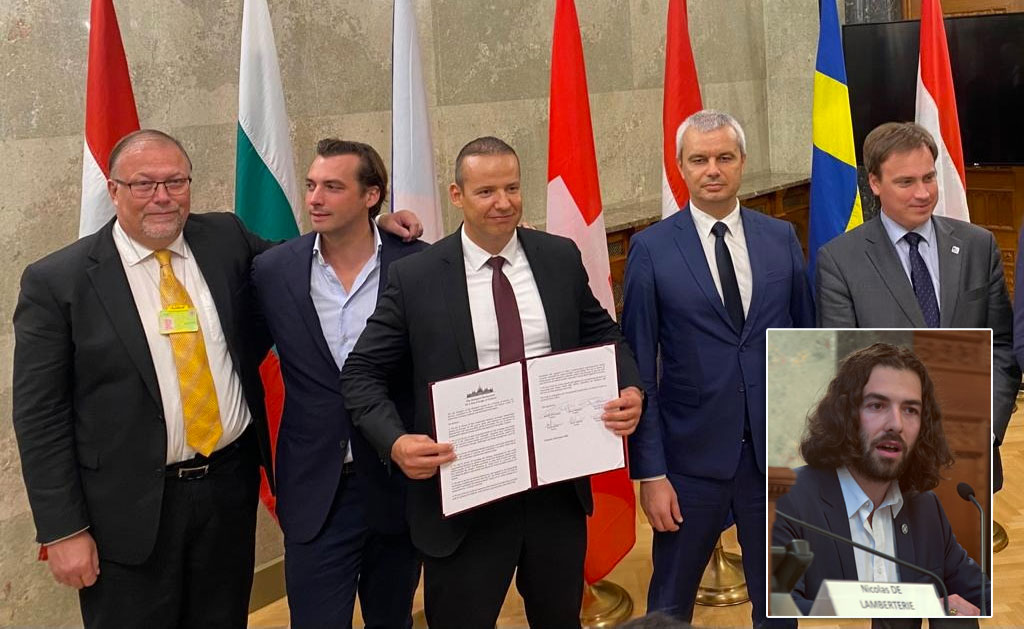
European Nationalist Parties Forge Cooperation Ahead of EU Elections
EUROPEAN ELECTIONSOn Saturday, August 26, representatives of six European nationalist parties gathered in Budapest. The meeting was initiated by the Hungarian party Mi Hazánk and took place in the national parliament. Representatives of the parties signed a joint declaration that not only reaffirms the parties' friendship but also their unity on a range of complex political issues. A surprisingly clear and radical manifesto was established. The hope is that this cooperation will lead to success in the EU elections and eventually result in the formation of a group in the European Parliament. For Swedish nationalism, this meeting marks a success as Sweden, for the first time, has a party represented in a leading nationalist cooperation in Europe. Free West Media was present at this historic event.

Turkey Believes Sweden Hasn’t Done Enough
Sweden will have to wait a bit longer for NATO membership, according to Turkey's Justice Minister Jilmaz Tunc. First, Sweden must extradite the "terrorists" Turkey wants and stop the desecration of the Quran.

Swedish Weapon Takes Down Russia’s Best Attack Helicopter
The Russian attack helicopter Ka-52 is considered one of the world's best and has struck fear in Ukraine, where it has hunted down tanks and other armored vehicles, often beyond the range of many light anti-aircraft systems. However, it has met its match in the Swedish air defense missile system RBS 70, which has quickly led to significant losses for the Russian helicopter forces.
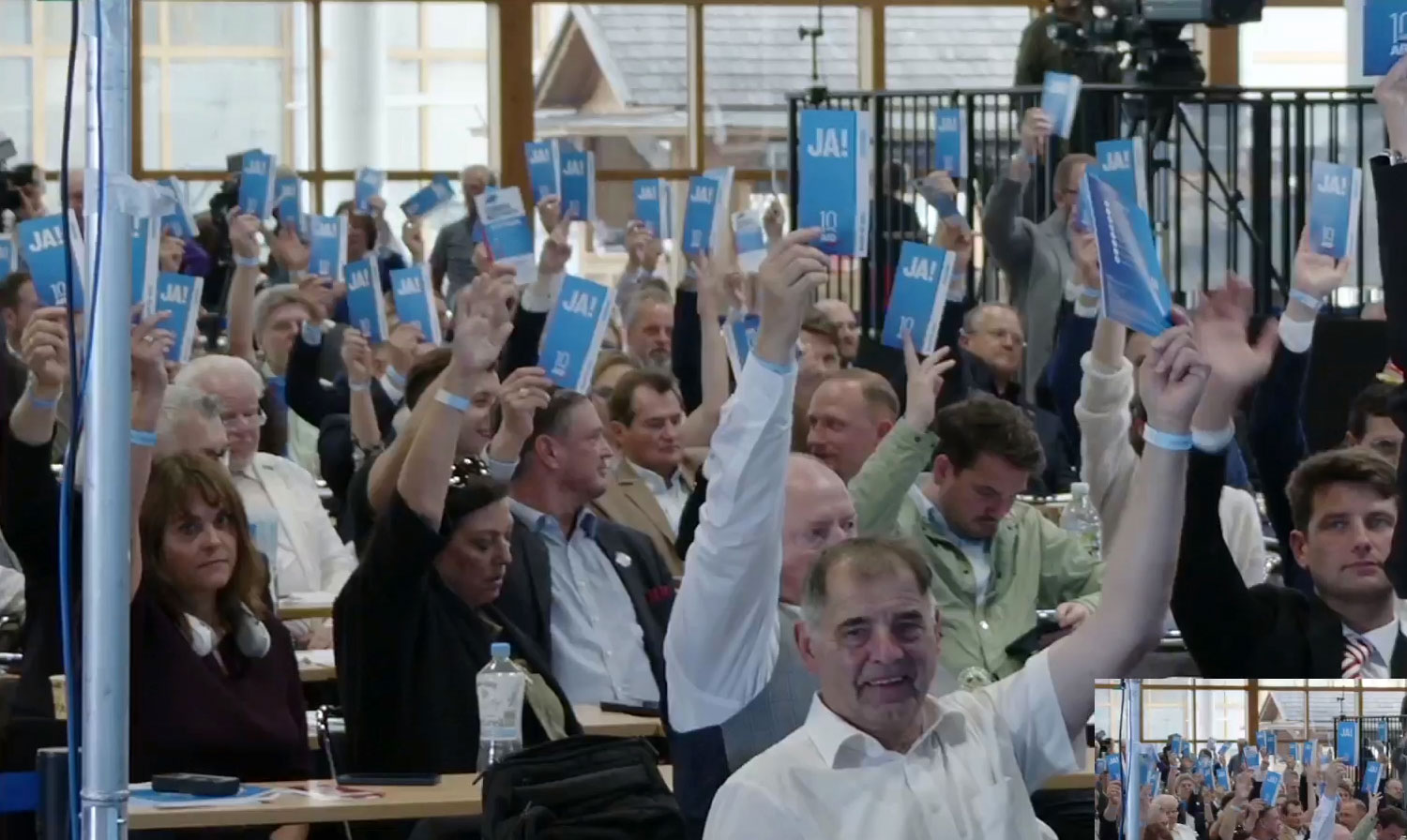
Strong Confidence in German AfD
Alternative for Germany (AfD) held a party conference on July 29-30 to select candidates for the upcoming EU election next year. EU Parliament member Maximilian Krah, belonging to the party's more radical, ethnonationalist faction, was appointed as the top candidate. The party's two spokespersons delivered powerful speeches criticizing the EU's failed migration policy and trade sanctions that isolate Europe and Germany from the rest of the world. They argued that it's time for the EU to return a significant portion of its power to national parliaments. However, they have dropped the demand for Germany to exit the EU.
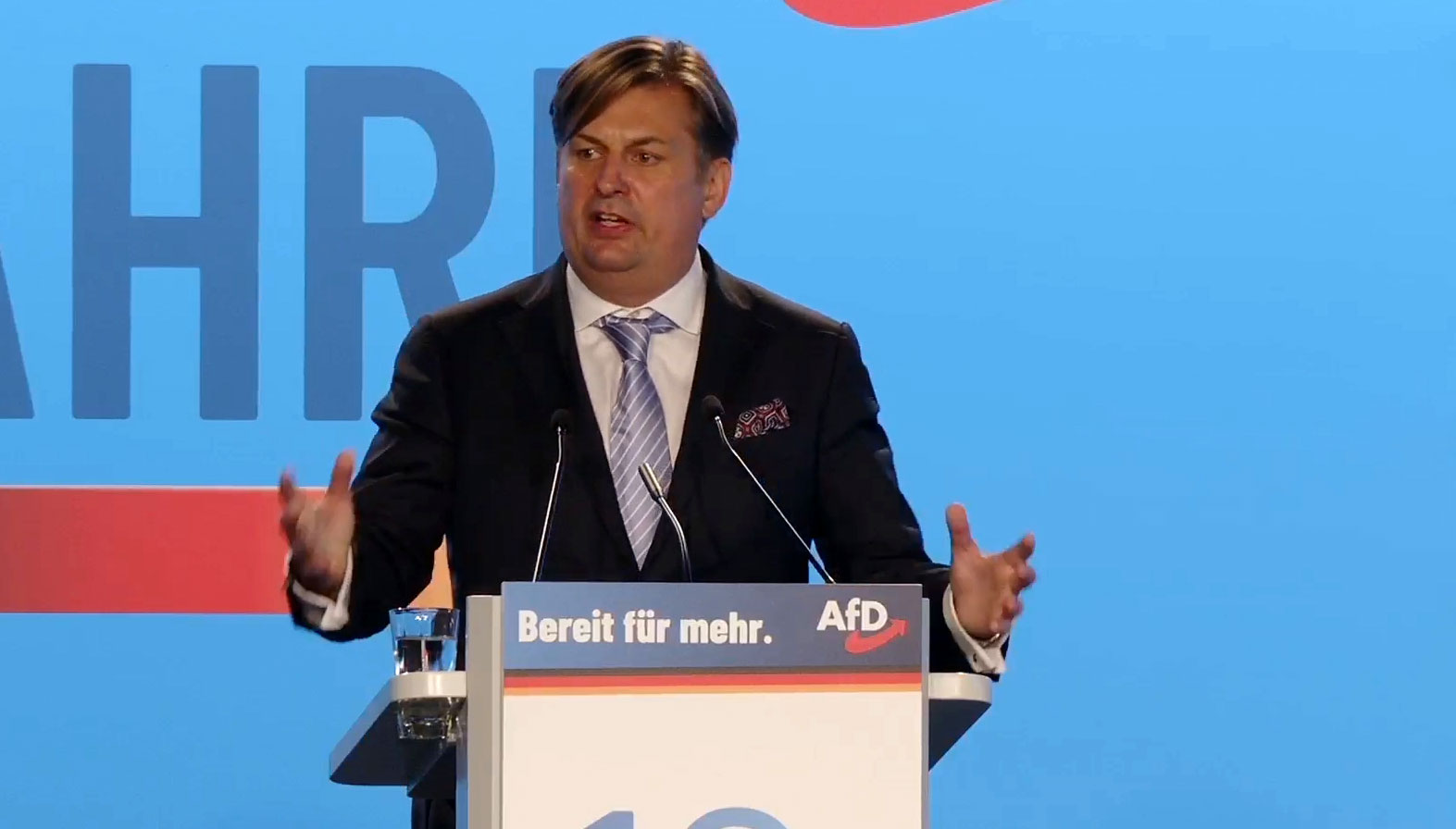
The Establishment Wants to Ban Germany’s Second Largest Party – for the Sake of Democracy
The rising popularity of AfD has raised strong concerns within the establishment. Despite lies and demonization in the media and isolation from the overall political establishment, the party continues to grow. Certain representatives of the party are accused of becoming increasingly "extreme," and in an unusual move, the influential weekly newspaper Der Spiegel demanded that AfD be "banned."

Dutch FvD break through the media blockade
What is happening in the Netherlands? It is often difficult to follow events in other countries, especially when distorted by system media. We give Forum for Democracy (FvD) the opportunity to speak out on the political situation in the Netherlands and the staunch resistance they face in trying to save the country.

The Ursula von der Leyen Affair
After a criminal complaint in Belgium against the President of the European Commission, the so-called SMS-case, now takes a new turn. The judge responsible for the investigation will likely gain access to the secret messages exchanged between Ursula von der Leyen and Albert Bourla, CEO of Pfizer, at least if they haven't been deleted.
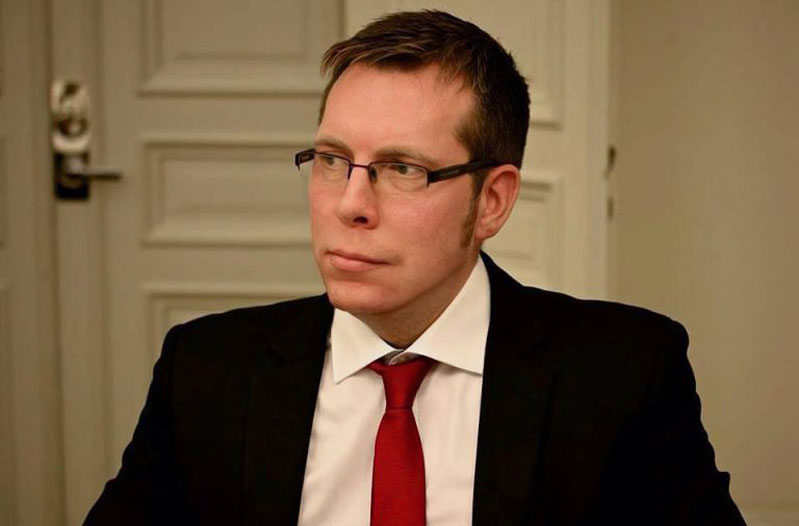
Publisher of Unique Literature Worldwide Blocked by International Distributor
Arktos has distinguished itself by publishing groundbreaking philosophers and social critics. Now, the publisher's international distributor has abruptly terminated the cooperation, and more than 400 already printed titles cannot reach their audience. There is strong evidence that the distributor has been under pressure, something that has also happened in Sweden. We have spoken with Arktos founder Daniel Friberg about the ongoing struggle for freedom of speech in a shrinking cultural corridor.
